«Here you can experience magic without having to consume magic mushrooms,” noted LSD discoverer Albert Hofmann in our guest book. Was it our kitchen, where scrumptious alpine recipes are prepared in copper pans to this day? Or the wines from the Carolingian cellar maturing in oak barrels? Or simply the medieval charm of the patrician house full of histories and decorated with sgraffiti and ornaments?

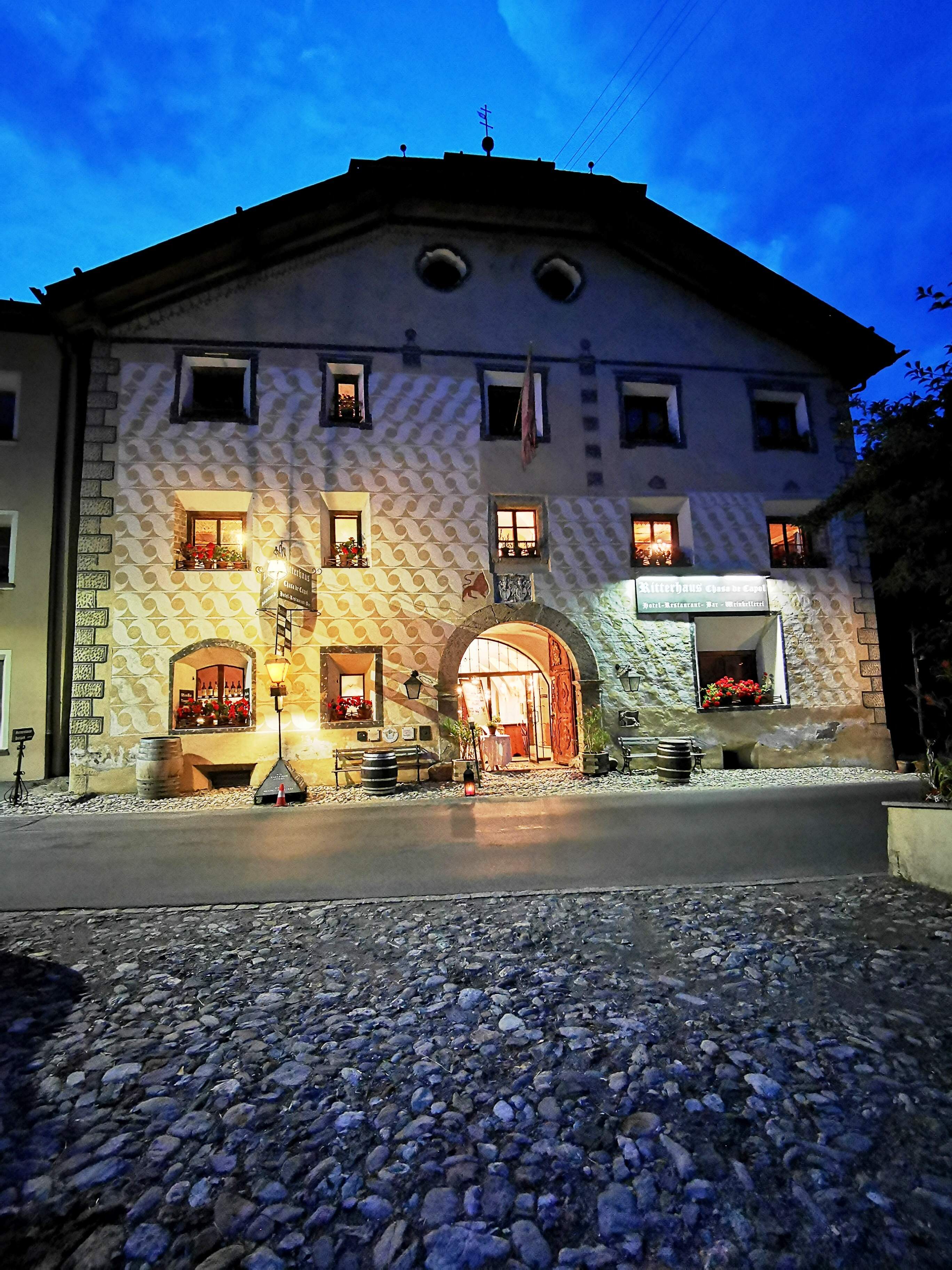
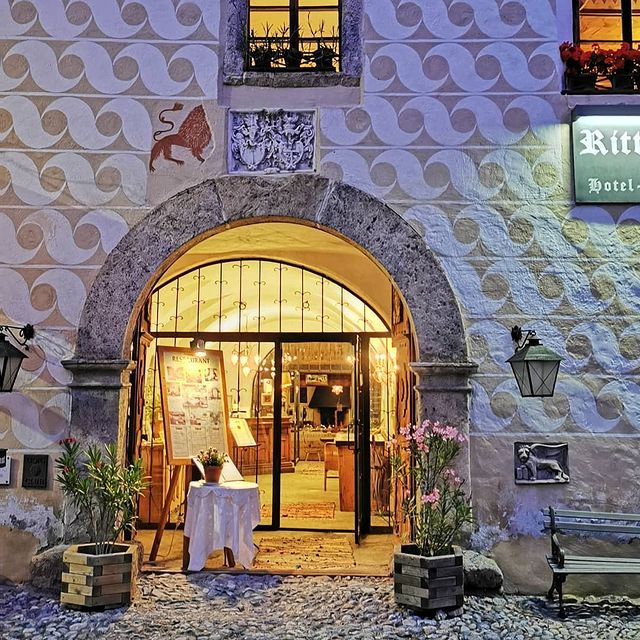
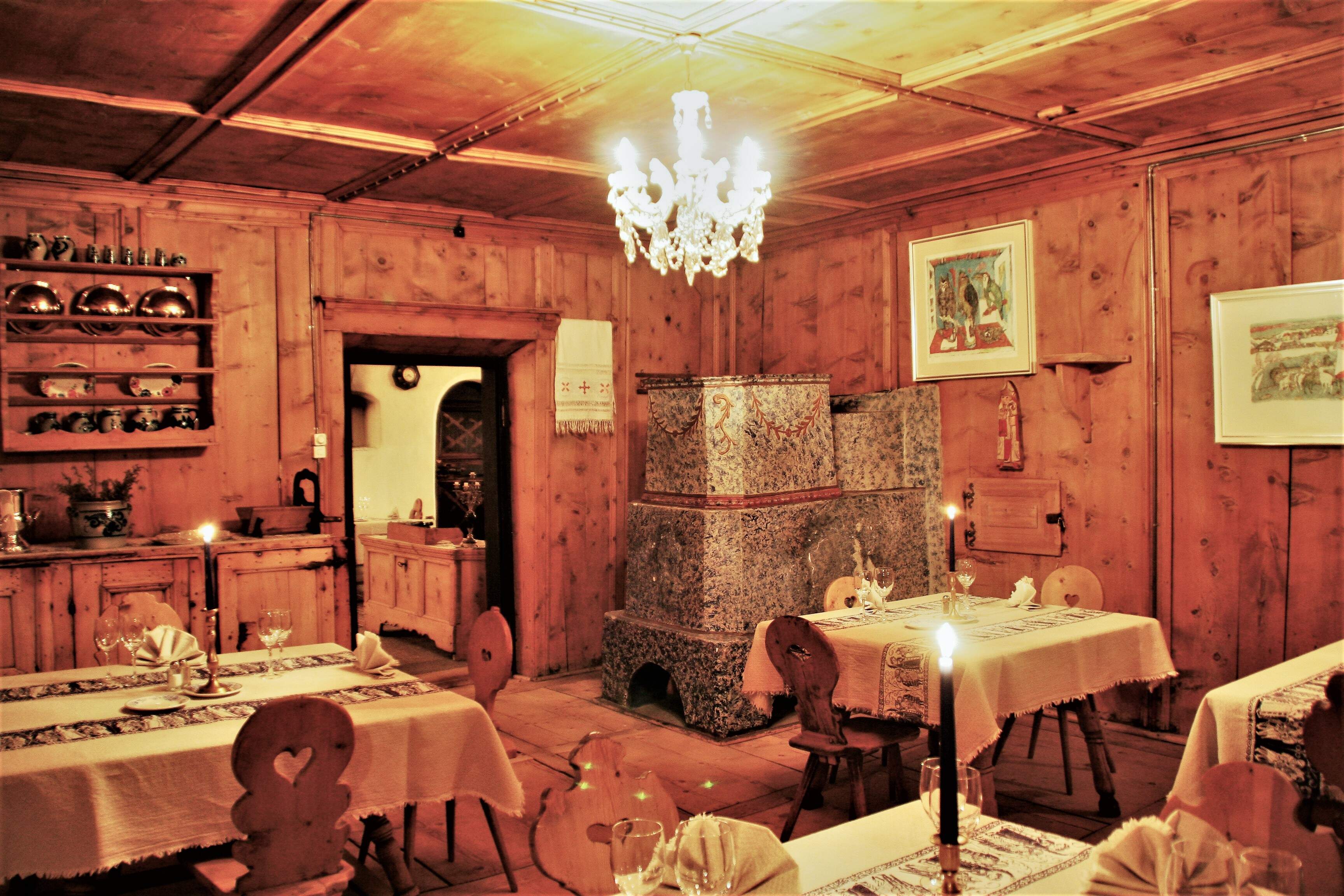

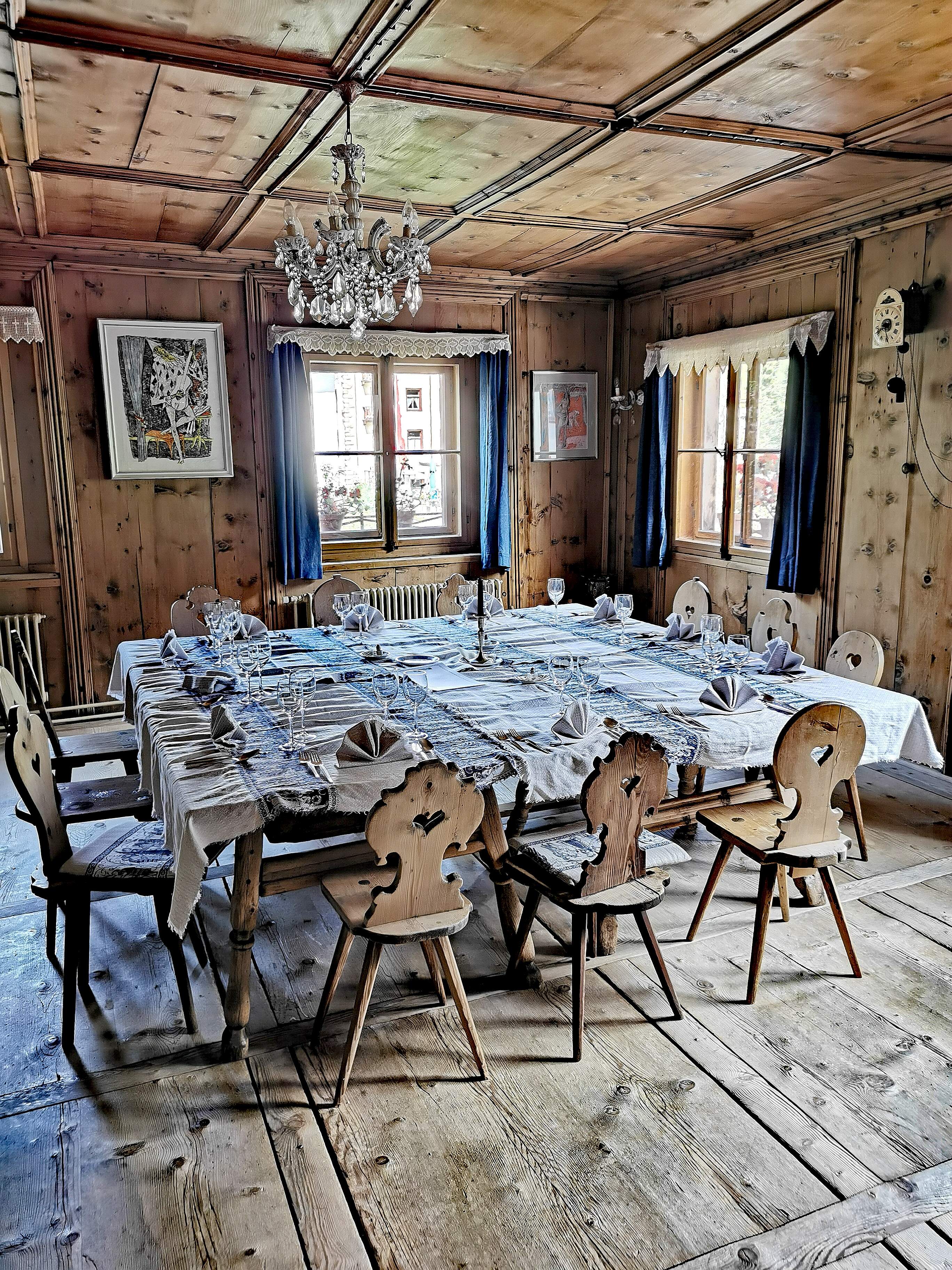

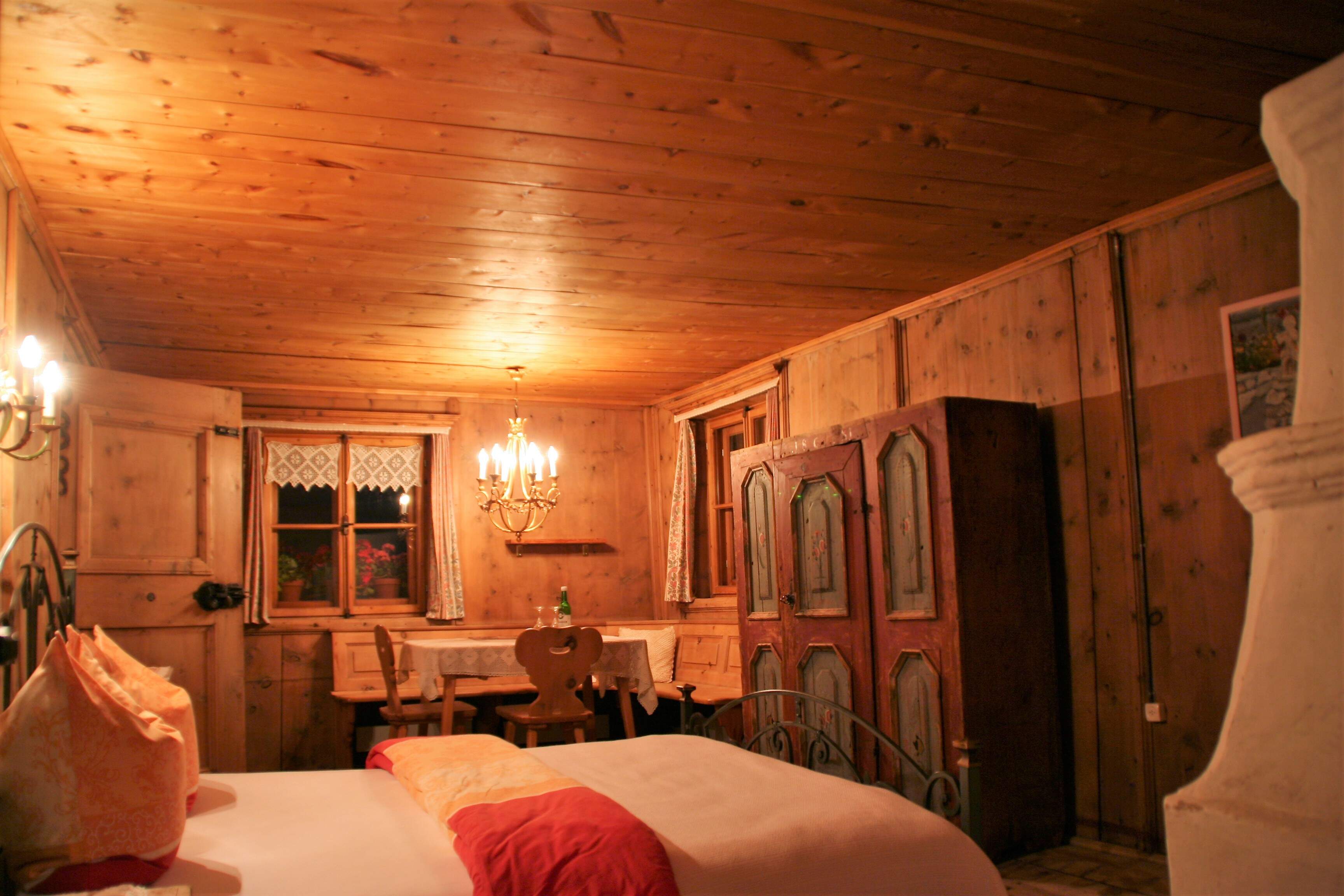
Around the year 1199 a building complex with a chapel, refectory and a hospice was built upon the foundation of even older ruins.
After this time and for several further centuries, the Polo family, descended from Venice, to reside here- their name thus mutating into Ca-Polo and thenCapol. They held positions of trust in the respective regencies (Repubblica Veneta, Prince-Bishopric of Chur, House of Habsburg), worked as economists (secular provosts) at the nearby Benedictine monastery of St. John in Müstair, and bought pedestal offices in Valtellina at auction. They carried out numerous official business activities, which also shaped the history of the house. In the eastern extension, Augustinian monks looked after a hospice with a chapel and refectory. The north wing was equipped with an extended barn.
1481 Emperor Friederich III raised the Capols to the status of “Counts”.
1506 his son Maximilian I Rex resided in the Chasa de Capol.
1677 an extension of the parlors in stone pine was build.
1728 is the year of the birth of the gallant composer Petrus Sebastianus de Capol.
1774 after the village fire, a special half-hipped roof was constructed.
1838 sadly this branch of the Count's family de Capol becomes extinct. The house is then left to itself and deteriorates.
1917 the extended barn in the north wing collapsesunder the weight of exceptional snow fall during the winter.The roof is then repaired by the military staying on the premises during the border occupation.
From 1950 onwards, after around 120 years of vacancy, the house is brought back to life with a lot of heart and soul.
Today, the Chasa de Capolcontinues to gently and sustainably develope. The spirit of the Capols, the Augustinian monks, the mules, the knights and minstrels can still be felt. Ramun Schweizer